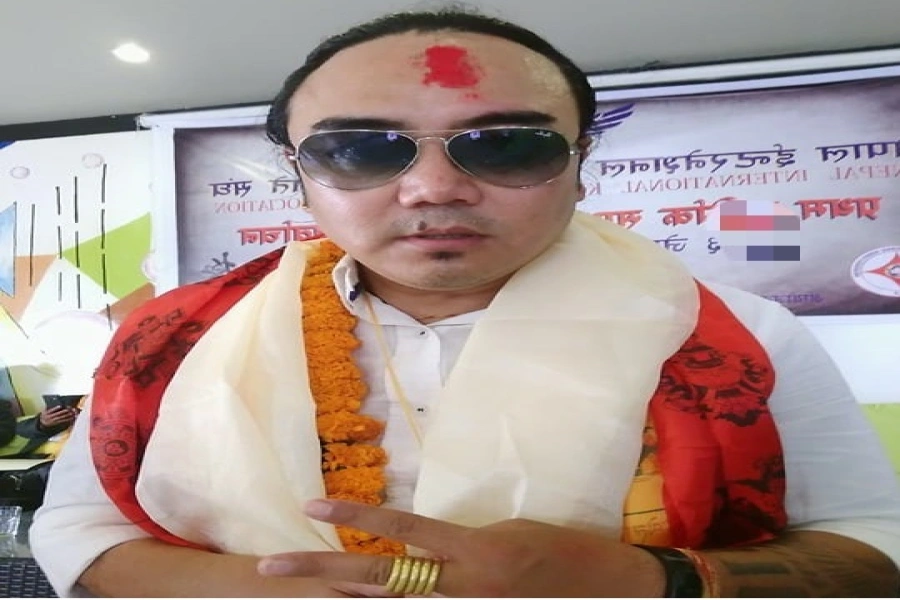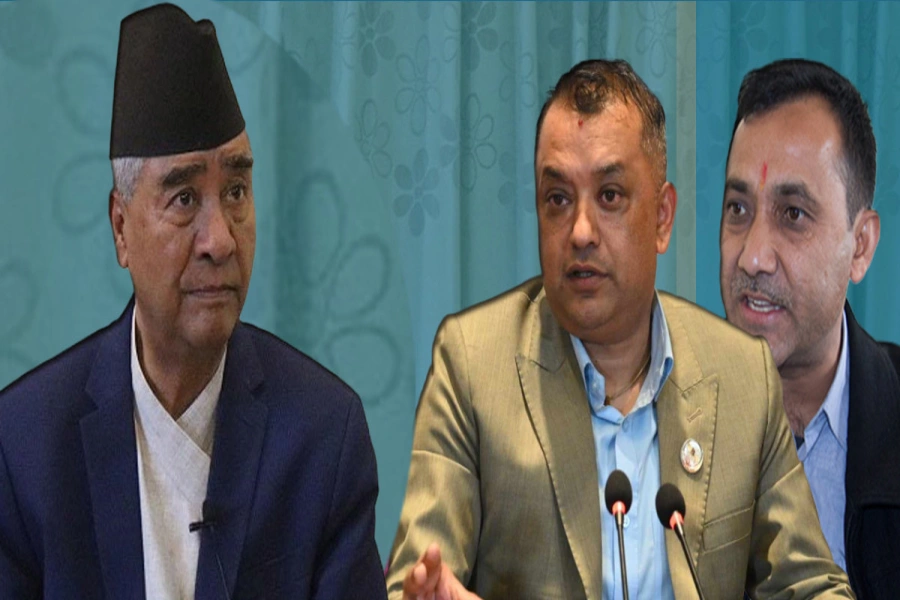KATHMANDU, Feb 13: Palls of dust are among the most visible outdoor pollution in Kathmandu Valley. Satungal, Kalimati, Satobato, Gwarko, Kalanki and Teku, among other localities, suffer the worst from dust pollution. Many Valley residents hardly remember a time when the air could be inhaled without fearing much harm to one’s health.
The road-widening campaign, prolonged earthquake reconstruction work and pipe-laying under the Melamchi Water Supply Project are the main factors behind dust pollution. The dust is stirred up by road vehicles and the wind, sometimes clouding visibility for pedestrians and motorists alike. According to doctors, the dust can lead to respiratory problems, allergies and asthma.
And the dust pollution indoors is no less sinister. Dust particles and other pollutants can easily get inside shops, offices and people’s homes. Those living and doing business especially around the Ring Road are already fed up. They have to dust down their desks, computer monitors and products on sale at least several times a day. Dust has made life difficult.
Indoor corporate cricket from Friday

With all this in mind, two youths have come up with a possible solution for indoor air pollution.
Engineer Rohit Tiwari and his teammate Shashank Neupane have put together a basic air filter that works on the high-efficiency particulate air (HEPA) concept. The two claim that the filter is not only economical but also highly efficient. It can filter not just ordinary dust but also particulate matter (PM) between 2.5 and 10 microns, which is roughly 30 times smaller than the width of a human hair.
“We tried building a HEPA-based air filter at home. After much trial and error, we came up with a product that can improve air quality dramatically with little investment,” said Tiwari.
“It’s almost impossible for any filter to be 99.9 percent efficient. Instead of aiming for that level of efficiency, we developed a filter that can purify 90 percent of the known pollutants at 90 percent lower cost,” he said. “The filter costs just Rs 3,500 whereas it takes about Rs 30,000 to find another product in the market with the same level of efficiency.”
According to Neupane, they plan to distribute the filters to about 100 public schools inside and outside the Valley. “We’ll first begin with schools in Sankhu and then go on to other schools. Each school will be given 10 air filters. The money for the project will be collected from our circle of engineers and later through a donation drive,” he said, adding that the project would start after two weeks.
The two youths are being supported by the Nepal Academy of Science and Technology (NAST), which has provided them with a lab and equipment.
According to them, the filter can be easily put together at home. “As the product is not profit-oriented, we will make our design public and also upload instructions on YouTube after further improvements,” said Tiwari.




































